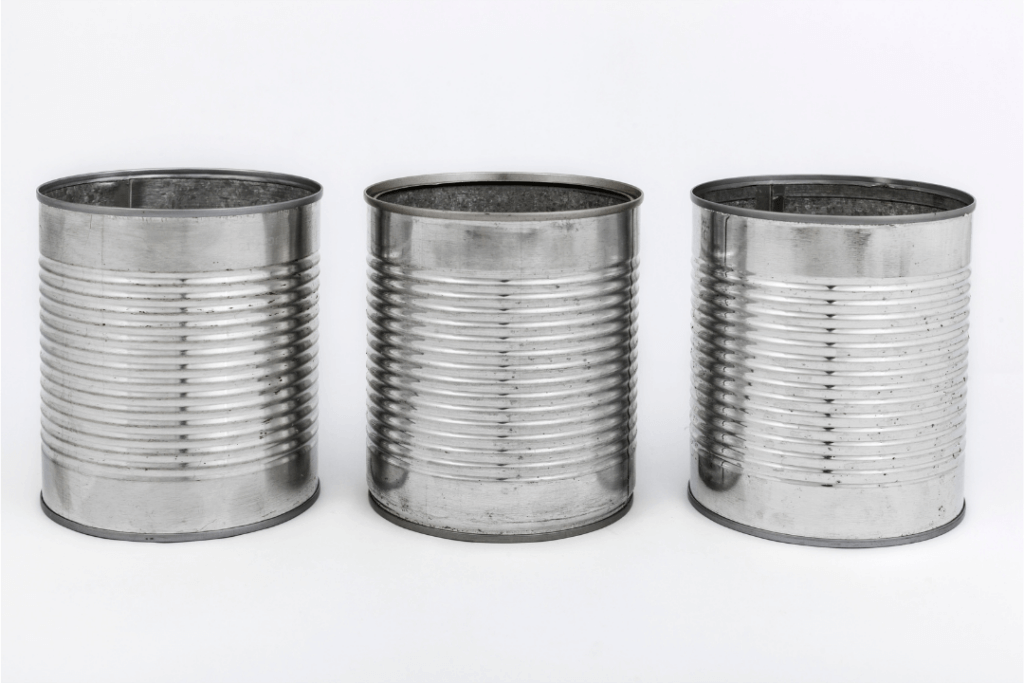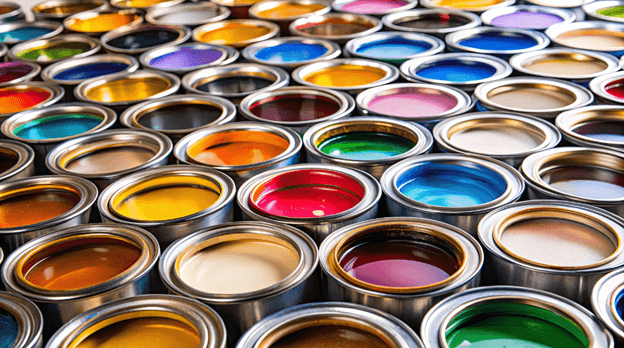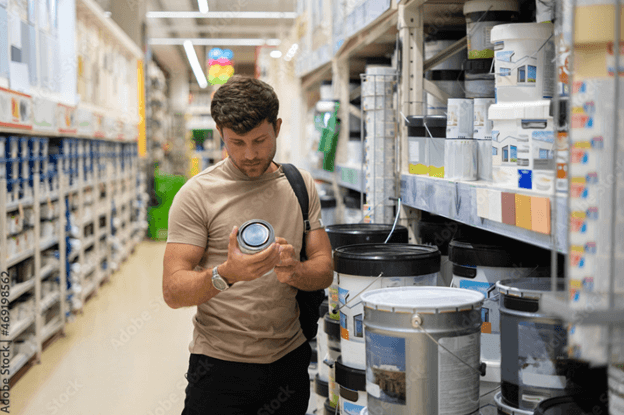Frequenty Asked Questions
by Lonnie Jaycox, Packaging Engineer, HAZPlus®
As a rule, what are the most common sizes, types and shapes of plastic bottles used in the Chemical industry?
As a general consideration of size, we are finding that metric capacities are becoming more common as international commerce grows. Bottles in standard SI units are more voluminous than their US equivalents. So I would design a bottle sizing program around common SI sizes (120, 250, 500, 1000, 2500, 5000 ml). We have seen chemical packaging for retail go through quite a downsizing trend. Multiple sizes now exist between the old pint, quart, half and full gallons of the past. This is driven by price point considerations for general consumption. Industrial packaging is still sized in the more traditional manner.
Consideration of container types are driven by whether the fill material is a liquid or a solid. Liquid chemicals are most often packaged in narrow mouth bottles due to enhanced leak-proofness of small closures. A 38mm closure is much more resistant to leakage from rough handling than an 89mm wide-mouth closure. In addition, if the chemical is considered a hazardous material and is packaged in conformance with applicable regulations, package performance is greatly enhanced with smaller closures. This is particularly true for packagings that must be capable of withstanding internal pressure without leakage for air shipments.
Many solid materials can be packaged in straight sided, wide-mouth containers to ease filling and dispensing of the product.
Shape is usually round, but there are square and rectangular bottles available that may meet specific design requirements like carton/pallet density for optimization of package/shipping cube. Round bottles usually have more uniform wall thicknesses and are easier to decorate/label on legacy generic equipment. As container size increases, so does the likelihood of incorporating a handle to facilitate safe pouring.
Generally containers are designed to accept standard closures, unless a proprietary closure system is wanted. Then the bottle finish is designed and manufactured to accept a particular model or type of closure.
Most chemical packaging is made of HDPE because of the generally good chemical resistance it offers. However, this must evaluated for the chemical to be packaged. There are treatments and resin types available for more specialized chemical packaging needs.
Safe Packaging Matters is published to advise and educate shippers of hazardous materials regarding important changes in the regulations that could potentially affect compliance.
About the Author:
Lonnie Jaycox is a Performance Oriented Packaging engineer for HAZPlus® – the division of C.L. Smith Company that designs, manufactures, tests and certifies hazardous materials packaging. Lonnie is a DGAC Board Member, member of the IoPP Chemical Packaging Committee, and a representative on the D10 packaging committee of ASTM. He may be contacted at ljaycox@clsmith.com or by phone, 341-771-1202.
About HAZPlus®:
Turn‐Key Services – We design, test and certify Performance Oriented Packaging [Specification Packaging]
Compliance Confidence – As a packaging manufacturer with an on‐site UN/ISTA certified Package Testing Lab, we stand behind our testing, UN certification and production quality control.
Choice & Flexibility – We offer a variety of custom and stock packaging options offering the most economical alternative to suit your situation.
Regulatory/Packaging Expertise – Our team of Hazardous Materials packaging specialists can answer all your questions, and guide you successfully through the maze of regulations to achieve compliance.
Comments are closed





